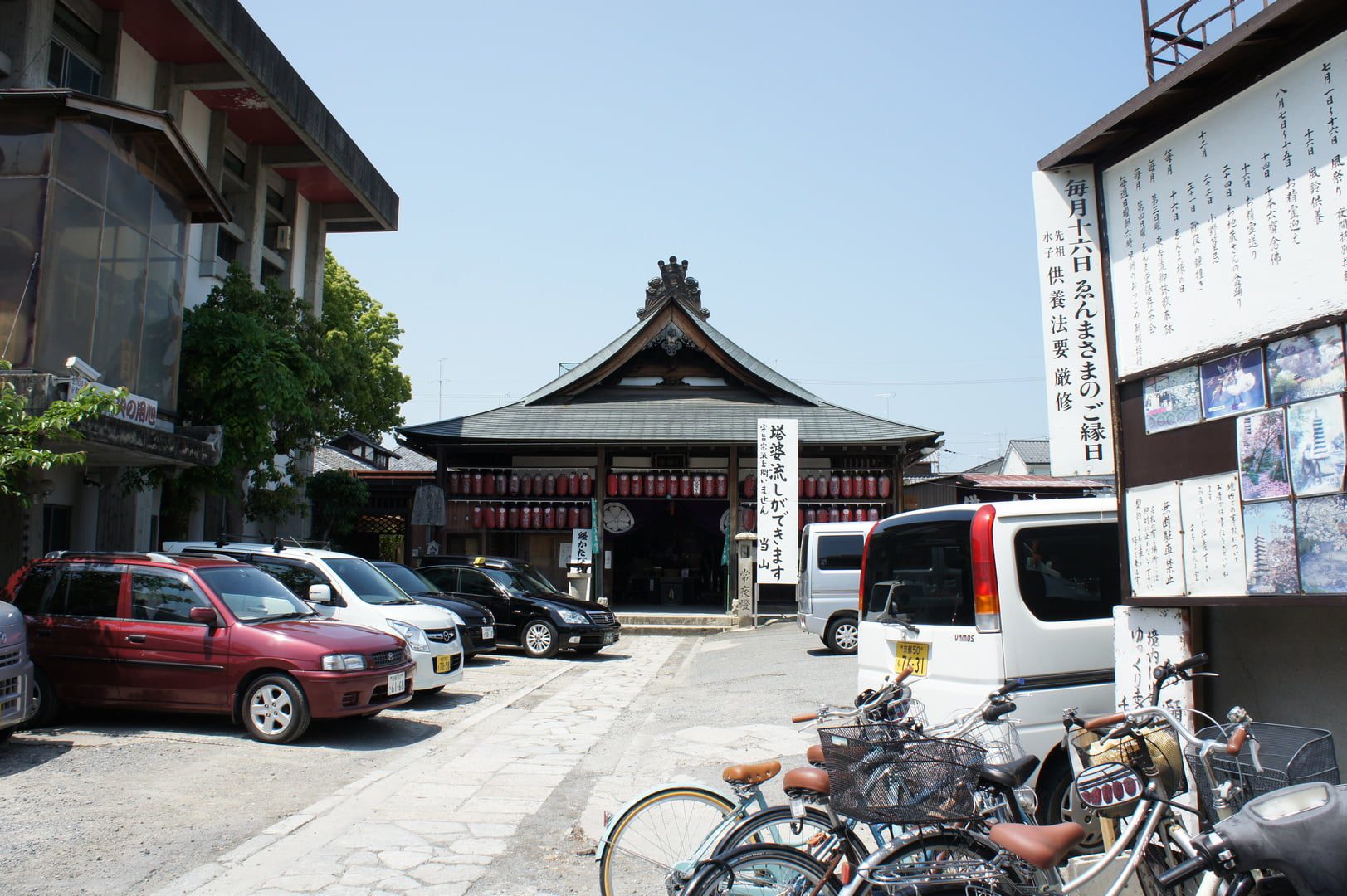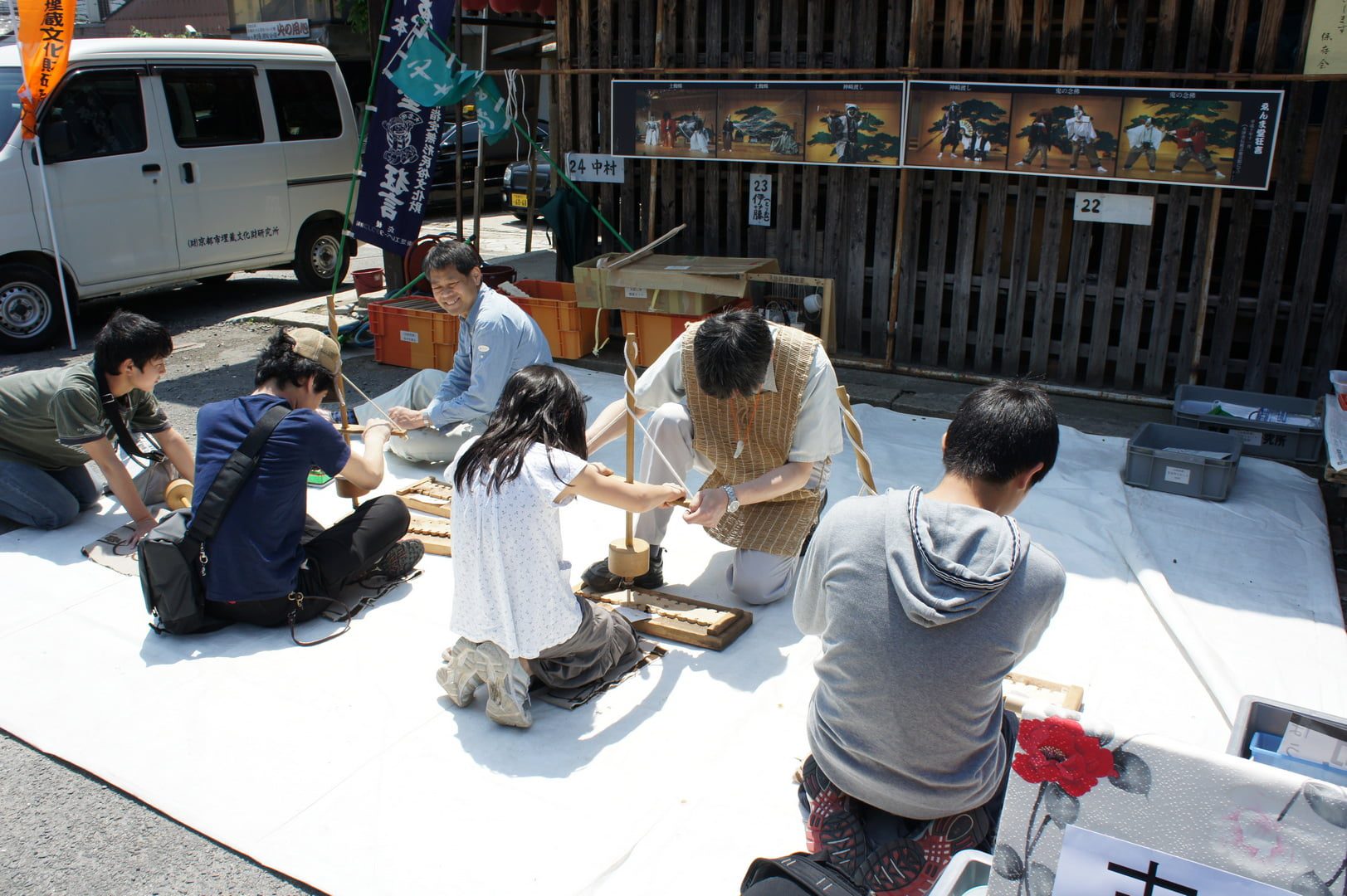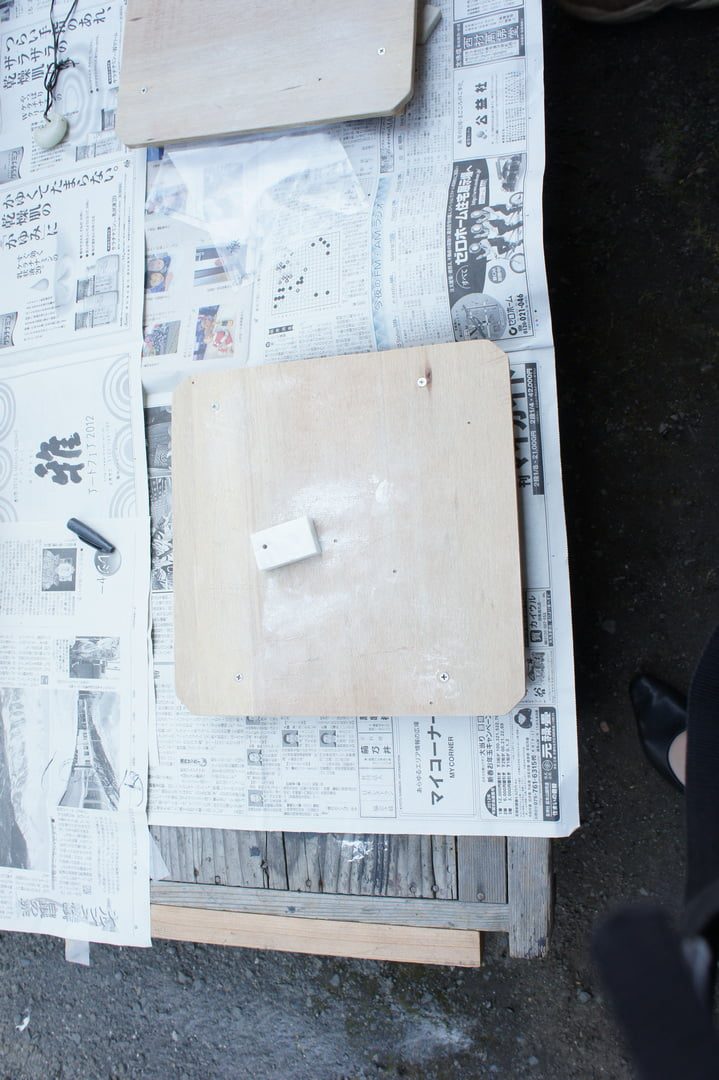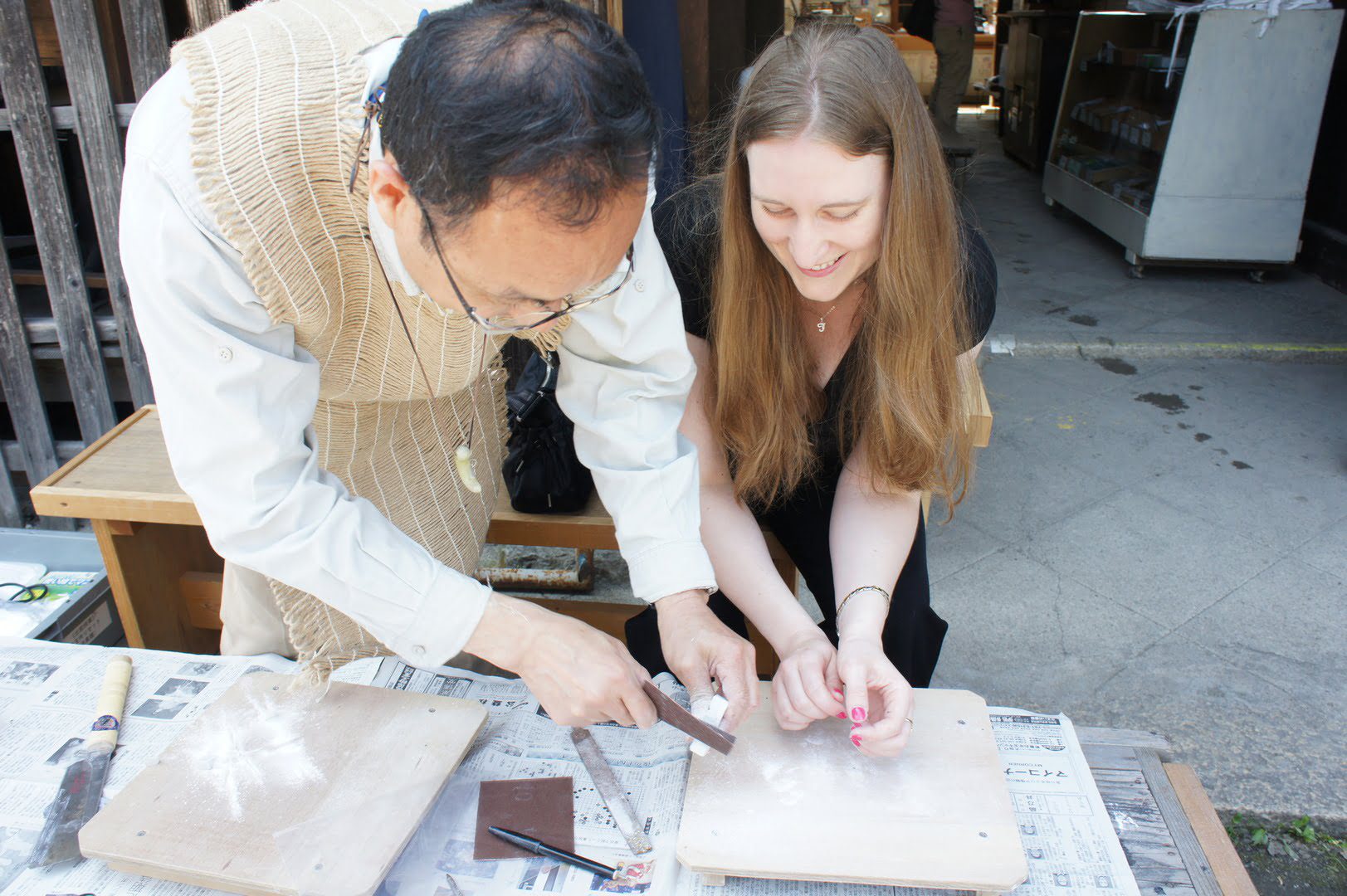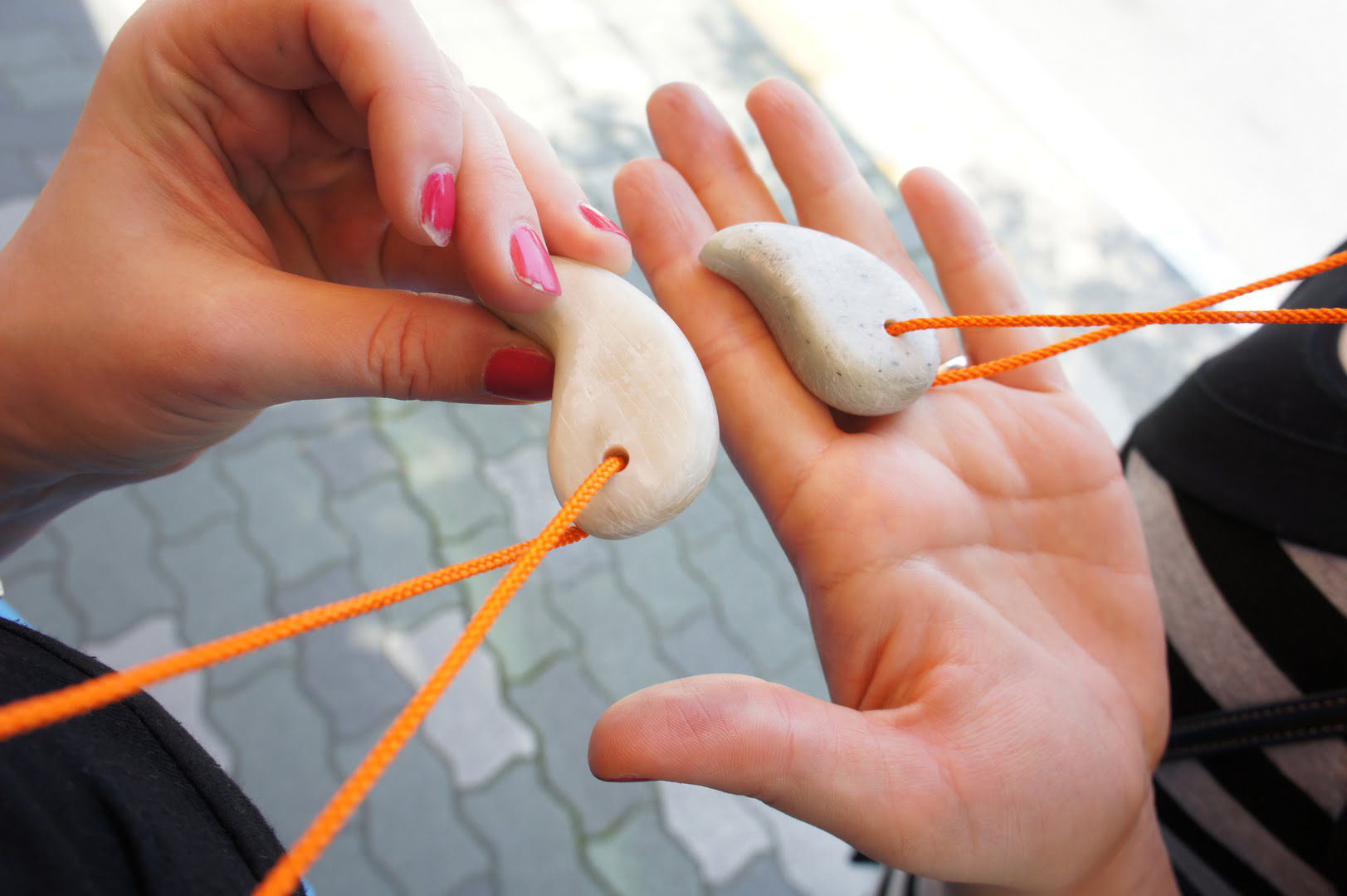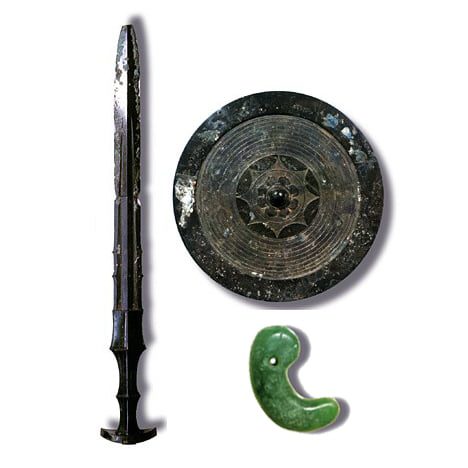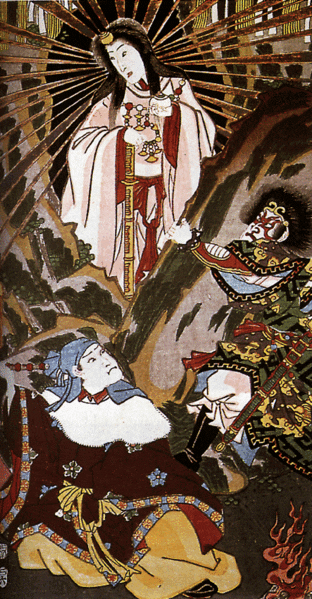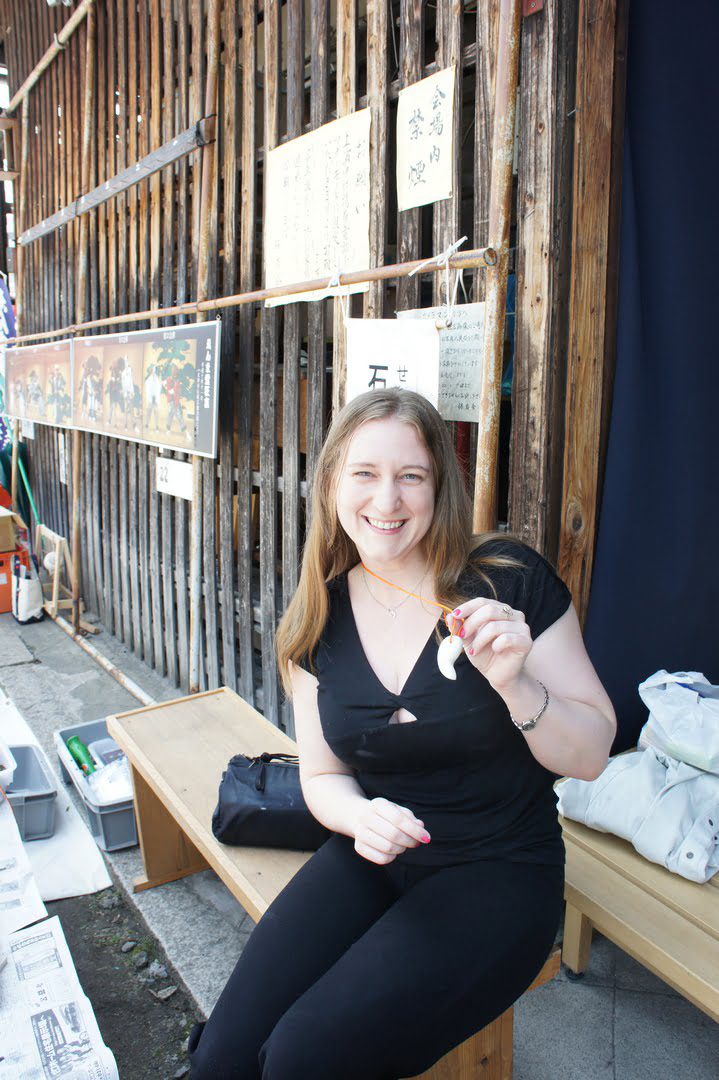In the spring of 2012 my friend and I were planning to take a short trip out of Tokyo during the Japanese Golden Week (it is a collection of four national holidays within seven days. In combination with well placed weekends, the Golden Week becomes one of Japan's three busiest holiday seasons, besides New Year and the Obon week.). Finally, we decided to travel to Kyoto, the cultural center of Japan.
We spent two days there, visiting the most famous sites, ancient shrines, and museums. We loved how the city had managed to keep its ancient atmosphere and unique charm.
To our biggest surprise, one of our most unforgettable and interesting experiences happened not in any of the most visited tourist attractions, but in a tiny backstreet shrine that we found by accident.
The monks at the shrine were celebrating children’s day, teaching parents and their kids ancient customs and games. They were genuinely surprised when two foreign girls showed up at the event, but they welcomed us anyway.
They allowed us to try out all the tools and one of the monks, noticing that we spoke Japanese, kindly offered to be our teacher and revealed an ancient and mystical Japanese tradition.
He sat us down at a table and handed us a stone (maybe it was white agate), a marker and a piece of sandpaper. We were told to draw a symbol on the stone, much like a half of the yin and yang symbol, then to shape it with the sandpaper, and finally, to soak it in water. The result was a magic medallion called a magatama which is believed to be the symbol of the soul (勾玉) in Japan.
We questioned our monk sensei (teacher in Japanese) about the origin of this unusual comma-shaped bead. It turned out that the magatama is one of Three Sacred Treasures of Japan (三種の神器– sanshu no jingi), a mirror, a sword and a magatama jewel.
(My next article will reveal more details about the Three Sacred Treasures.)
According to Japanese legends, the magatama jewel had been a gift to the sun goddess Amaterasu from her father, the supreme deity Izanagi, and together with the sword and mirror, she gave it to her grandson, who came down from the heavens to conquer and rule the islands. It is the only item of the three regalia that has remained in its original form and it is kept safe at the Kashiko-dokoro (賢所), the central shrine of the Three Palace Sanctuaries at the Tokyo Imperial Palace. It is used in the enthronement ceremony of the Emperor of Japan.
The name of the most important magatama is Yasakani no magatama, and it is one of the Imperial Regalia. According to legends, a human soul is locked in the magatama and can be passed on. In other words, the strength, power, and authority of the soul are passed on to the heir. Since the very first magatama was a gift to the sun goddess Amaterasu from her father, the supreme deity Izanagi, and contained Izanagi’s own soul, and the goddess passed it on to her own grandson who became the great-grandfather of Japan’s first emperor, the power of the emperors are inherited directly from the gods.
The origins of wearing magatama jewels dates from the Jomon period (14,000 BC- 300 BC). The magatama beads have several possible origins. It is believed that they developed from hunters wearing animal parts such as claws, teeth, bones from their game as mementos. Another explanation is that the form represents the waxing moon or a human embryo.
Some of the earliest religious uses of magatama beads were in Japanese shamanic practices. They were used as tools to draw a god’s spirit into a shaman, who would serve as a medium between celestial beings and humans.
Today magatama medallions are used to keep evil spirits away, and to bring good luck and fortune to its owner.
If you ever get the chance to visit Japan, I can truly recommend obtaining a magatama talisman for good luck and for a long and happy life.
References
For the text:
http://japanesereligions.blogspot.hu/2009/04/magatama-beads.html
http://www.magatama-sato.com
http://www.greenshinto.com/wp/2012/05/19/making-a-magatama
+ my own experience
For the pictures:
Pic. 6.: http://blog-imgs-61-origin.fc2.com
Pic. 7.: http://www.kcpwindowonjapan.com
I took the others myself.
